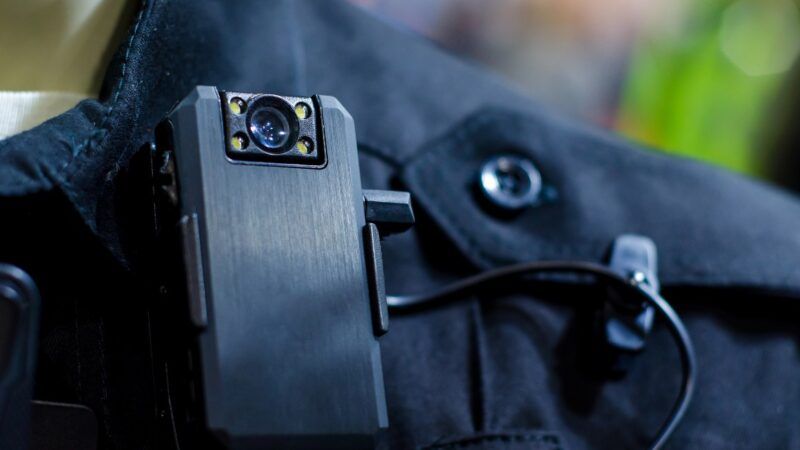Alabama Dodges Police Transparency, Hiding Violent Body Camera Footage from Public
Montgomery doesn’t want people to see a police dog maul a man to death out of fear of the response.

The lead-up to the release of body-camera footage showing Memphis police officers beating Tyre Nichols included public calls for calm out of fear that citizens might riot after seeing the violent footage.
While there were some protests and isolated incidents, the rioting did not happen. But in Alabama, those fears have been used to stop the public release of police body-camera footage entirely.
That's partly what's been happening in the case of Joseph Pettaway, 51, who was mauled and bled to death after an attack by a police dog in 2018 in Montgomery, Alabama. Police had been called out to a possible burglary by someone who thought Pettaway and his family had broken into a home that they were actually repairing.
Montgomery police K9 handler Nicholas Barber sent a police dog into the house. It attacked Pettaway, ripping into his thigh and tearing his femoral artery. Police pulled Pettaway out of the house to wait for an ambulance. He died at the hospital.
Pettaway's family is suing several police officers (including Barber) and Montgomery in federal court for excessive force, wrongful death, and failure to provide medical aid. Furthermore, the family is trying to get body camera footage of the incident released to the public. The family's lawyers have seen sealed copies of the footage but are barred in Alabama from releasing the footage publicly.
The city of Montgomery has been fighting both the family and the press to stop the release of the body camera footage. The city's justification for its position is a bit less than noble. Ashley Remkus, reporting for AL.com, explains:
In court records in 2020, Montgomery's lawyers said that releasing the footage has "the potential of creating and/or facilitating civil unrest" and would expose the city and its officers to "annoyance, embarrassment, oppression, and undue burden."
In an order late last year denying the family's latest request to make the footage public, U.S. Magistrate Judge Jerusha Adams cited the upcoming civil trial and the "graphic nature and emotional impact" of the footage.
Judge Adams wrote of the Montgomery video: "Due to its graphic nature and emotional impact, the footage from the police body cameras cannot be unseen, ignored, or easily set aside."
State judges are of no assistance either. Alabama's Supreme Court in 2021 ruled in an 8-1 decision that police body camera footage is exempt from the state's Open Records Act under the argument that videos are "investigative material" and, therefore, not public records. And so, no law enforcement agency in the state is under any obligation to release any body camera footage to the public at all.
Chief Justice Tom Parker was the sole dissenter, and he warned about the potential horrible consequences if the logic of the majority decision:
With one sweeping stroke, today's decision spells the end of public access to law-enforcement records that are connected in any way to an investigation. Hidden now from the public eye are body-cam videos, dashcam videos, 9-1-1 recordings, and anything else that's remotely connected to a crime or even potential crime. After today, as to law-enforcement agencies at least, the statute might as well be titled the Closed Records Act.
Arguably, the reason that rioting didn't happen after Nichols' footage was released was because the public could see a city and prosecutors attempting to hold the officers involved responsible. They've been fired and face criminal charges.
That's the lesson to be learned here. Suppose body camera footage is so violent that law enforcement leaders and city officials fear its release will cause an uprising. In that case, that's a pretty good indication that somebody needs to be held responsible for what happened. In some slightly good news in this awful situation, last week, a federal judge denied immunity for Barber, determining that he should have known that sending a police dog into a house to confront a suspect before giving him a chance to talk or surrender constitutes "excessive force." This decision will allow the family's suit against him to move forward



Show Comments (16)